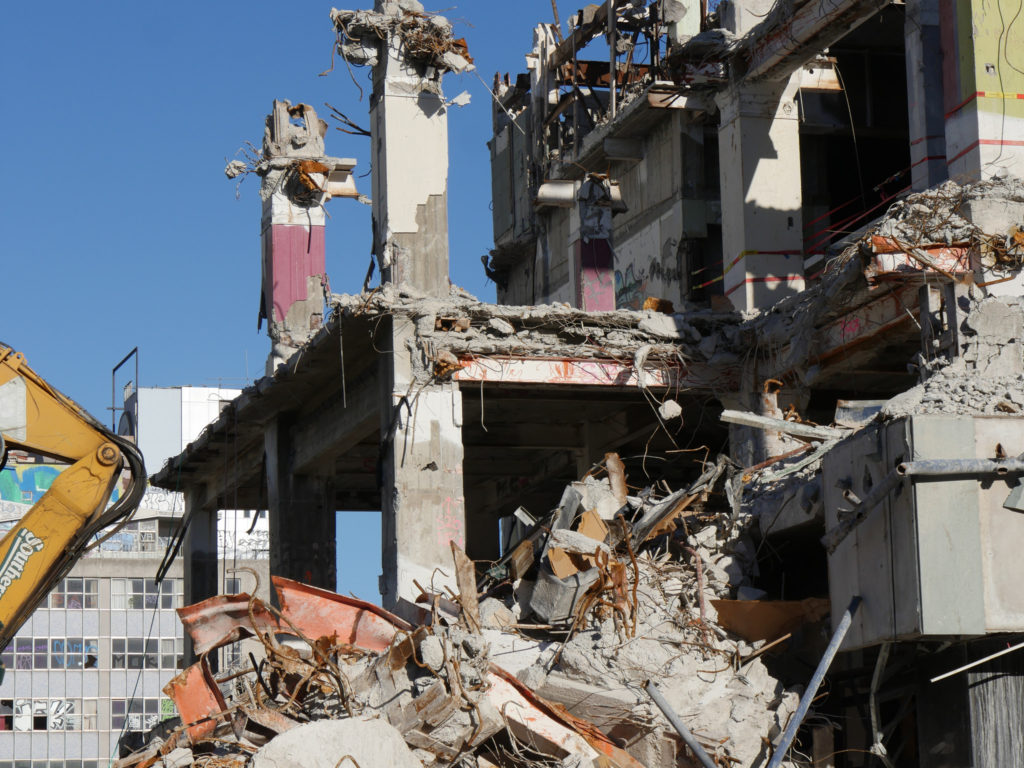
The destructive power of both hurricanes and earthquakes has made headlines in recent times. The slow development of the hurricanes in the Atlantic was monitored for days before they wreaked havoc on Caribbean islands and Florida cities. Earthquakes, on the other hand, occur suddenly and without warning. Except, that isn’t entirely true.
Technology exists to alert us that an earthquake is about to strike anywhere from tens of seconds to a couple of minutes in advance. That is not enough time to get out of town, but it is often enough to move away from windows, take cover, halt trains, shut off valves in chemical plants and halt delicate medical procedures.
Mexico has been using earthquake warning systems since the 1980s. There is a smartphone app that warns citizens of impending danger and an 8,200 public loudspeaker array in Mexico City. The 8.1 earthquake on September 7th in Mexico City triggered a warning more than a minute before it struck and the warning system may well have saved tens of thousands of lives. As it was, the destruction and loss of life was tragic in scale.
Japan has similar systems in place. These systems detect earthquakes by sensing the initial, faster moving and less destructive P-waves that precede the stronger, more damaging S-waves. The amount of advanced notice people get depends on how far they are from the epicenter.
A system called ShakeAlert has been in development in California, Oregon and Washington for the past five years. A prototype went online in April, but federal funding has been sparse. The most recent Administration budget that slashed funding for the US Geological Survey eliminated the program entirely, but Congress appears to be pushing back and the Shake Alert program is funded for at least another year.
**********
Web Links
The West Coast is finally getting an earthquake early warning system
Photo, posted January 18, 2017, courtesy of Flickr.
‘Earthquake Warning System’ from Earth Wise is a production of WAMC Northeast Public Radio.
Leave a Reply